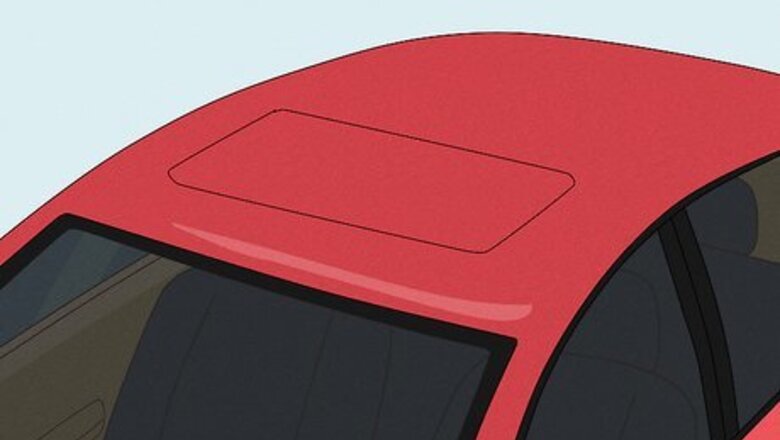
views
- Sunroofs are opaque panels in the roof that pop or slide open to let in both fresh air and sunlight. They’re more common in older cars.
- Moonroofs are glass panels in the roof that are covered by a sliding, opaque interior cover. They can stay closed to let in light, or can pop or slide open to let in air, too.
- Sunroofs and moonroofs can both provide fresh air and natural light, make your car feel bigger, and act as an escape hatch in accidents or emergencies.
Definitions

Sunroofs are opaque panels that lift or slide open to let in air and light. The outside of the panel is usually metal that matches the exterior of the car. Sunroofs can pop up at the back end for ventilation or slide back on top of the roof to let in more light, depending on the car and sunroof style. Some old-school sunroofs can be lifted off the roof completely for a very open feel. Many sunroofs are operated manually, but some are electrically powered. Sunroofs are more common in older, used cars and are mostly phased out of current models (moonroofs became more popular in the 80s and 90s). “Sunroof” often gets applied to any roof panel, even if it’s technically a moonroof. If you’re car shopping, inspect the roof yourself or ask whether the panel is opaque or glass to verify which it is.

Moonroofs are glass or tinted glass panels that can pop or slide open. The biggest difference between a sunroof and a moonroof is that you can see through a moonroof while sunroofs are opaque. A moonroof can be left closed so that light can enter the car, or popped or slid open to allow fresh air in, too. They almost always come with an interior sliding panel that matches the inside of the car in case you want to block outside light. Moonroofs are more popular in current car models and are nearly always electrically powered, making them a little easier to use than sunroofs.
Styles
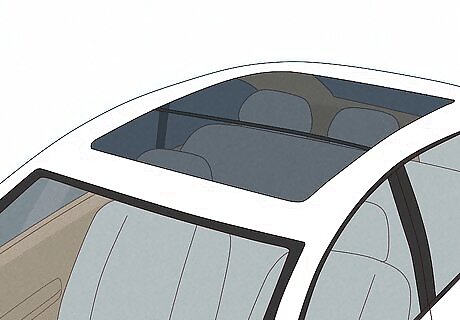
Panoramic Panoramic moonroofs span the entire length of your car’s roof. They’re usually split into a front glass panel and a back glass panel, each with their own sunshade covers that match the interior (this way, the driver and back passengers can adjust their panel of the moonroof to their liking). The glass panels can pop up or retract, depending on the model.

Inbuilt Inbuilt moonroofs are the most common current design. The glass panel can pop up its rear edge or retract into a slim recess built into the roof of the car. Inbuilt models can be manually or power operated, and come with an opaque sliding panel that matches the interior of the car to block light. Cars with inbuilt moonroofs have thicker roofs so the glass panel has somewhere to slide into. This can limit headroom in the back seats.

Pop-up Pop-up sunroofs and moonroofs are hinged in the front and can lift up in the back to provide ventilation. They’re usually manually powered, and some can be removed completely to fully open the roof. If the pop-up is a glass moonroof, it will also have an opaque sunshade that slides open and shut to block light.
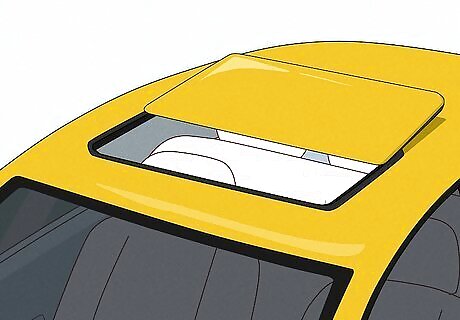
Spoiler Spoiler sunroofs and moonroofs lift up in the rear for ventilation like a pop-up, but can also slide back on top of the roof of the car to fully open up. These types are called spoilers because they look like the spoiler of a sports car. They can be powered manually or electrically. Spoiler sunroofs are sometimes also called tilt-and-slides.
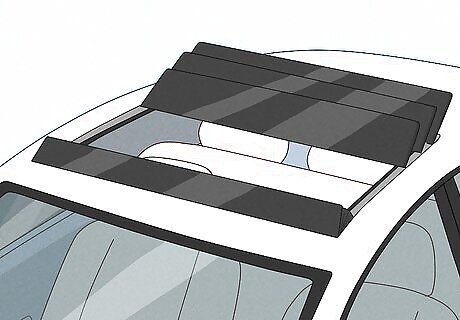
Lamella Lamella moonroofs or sunroofs feature several glass or opaque panels that vent and slide back over each other (similar to the slats on Venetian blinds). This style is rare because it’s bulky, and the extra moving parts for each panel mean there are more chances for equipment failures. Few cars feature a Lamella sunroof. The most notable was the Mercedes-Benz ML-Class SUV in the early 2000s.
Cost
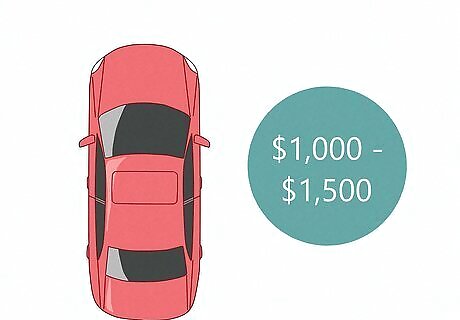
New cars with a sunroof or moonroof can cost an extra $1,000–$1,500. The exact price depends on the make and model of the car plus the style of the sunroof or moonroof. For example, a panoramic moonroof would cost noticeably more than a simple spoiler or pop-up version. Consider how frequently you would use a sunroof or if the weather in your area makes it appealing before shelling out the extra dollars when you buy a car.

Installing aftermarket sunroofs or moonroofs costs $400–$3,000. The exact price depends on the type of sunroof or moonroof you want installed. Panoramic moonroofs are the most expensive and can range from $1,500 to $3,000 depending on whether it’s a factory add-on. Adding a standard-sized moonroof is usually between $1,200 and $2,500, with in-builts being pricier than pop-ups or spoilers. It’s usually inexpensive to install a sunroof. A standard pop-up or spoiler sunroof typically costs between $400 and $900.
Pros of Sunroofs & Moonroofs
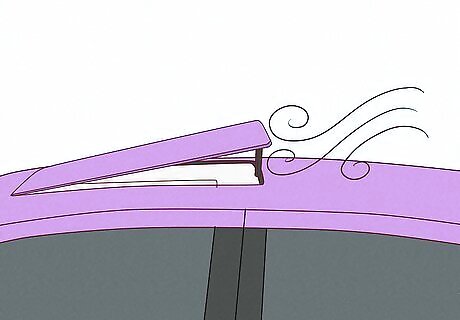
Sunroofs and moonroofs provide natural air flow. Cracking the sunroof is a great way to get fresh, cool air in the cabin of your car without turning on the AC. This saves you some energy and fuel, which might also save you a few bucks at the gas pump.

The inside of your car feels more free and open. When the roof panel is fully retracted, the extra light and view of the sky make your car seem larger and roomier. This can make you and your passengers feel more comfortable in return (especially since the structural integrity of the roof isn’t affected by a sunroof or moonroof). The views of the sky, tall buildings, or treetops makes for a more adventurous ride, too!
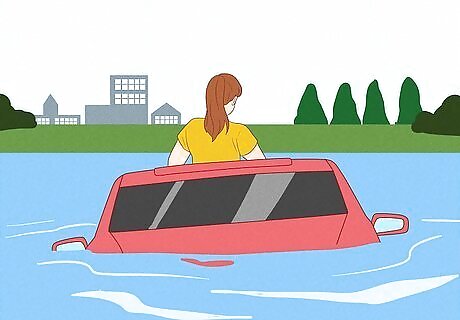
The opening in the roof acts as an escape hatch in emergencies. If you’re ever in an accident or other situation where you need to get out of the car but the doors won’t open, a sunroof or moonroof provides an extra way out. If you can open the panel or break the glass in the roof, then you can climb out and move to a safer location. This only works well when the roof panel retracts or lifts out completely. In spoiler or pop-up styles, you’d have to break the panel off to get out. Electric sunroofs or moonroofs can be stuck shut if the wiring is damaged in an accident.
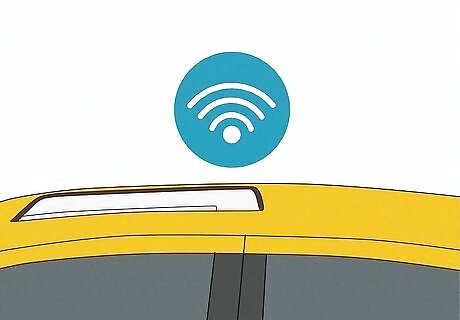
The opening in the roof can make your cell reception better. This seems like a small advantage, but if you’re driving through remote or rural areas with sketchy cell service, any little reception boost helps. Just open up your roof panel and try your call again!
Cons of Sunroofs & Moonroofs
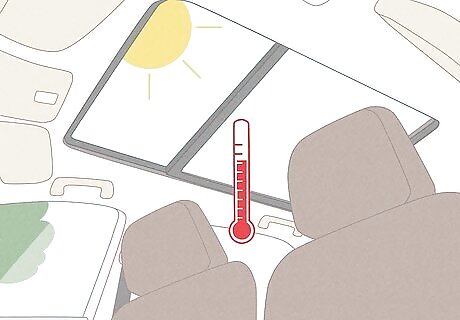
The extra sunlight can heat up the interior of your car. Since the sunroof or moonroof is overhead, the inside of your car (including you and your passengers) will receive a lot of direct sunlight through the glass or open panel. This can get uncomfortably warm pretty quickly, meaning you might have to crank the AC a bit more than usual. The extra sunlight can cause the interior colors and materials to fade more quickly, too.
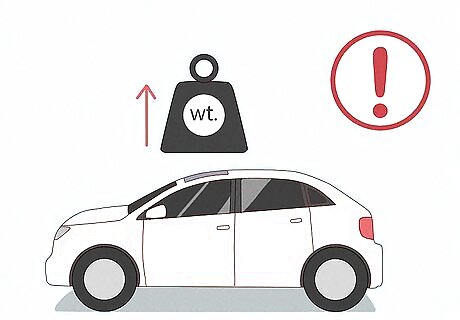
The additional weight on the roof raises your car’s center of gravity. The glass paneling, wiring, and mechanisms needed to operate a sunroof or moonroof makes the top of your car heavier than if it had a plain roof. The higher center of gravity means your car might be more likely to tip or roll over in bad weather, accidents, or after sharp turns.

Sunroofs and moonroofs can leak if the seal around them fails. The silicone or neoprene seal around your roof feature can erode due to weather or time, meaning that water, smells, and hot or cold air can leak into the inside of your car. This can lead to damage to the interior that’s expensive to repair, not to mention the cost of repairing your sunroof or moonroof. And let’s not gloss over the possible water damage from forgetting to close your sunroof or moonroof before a storm, either!
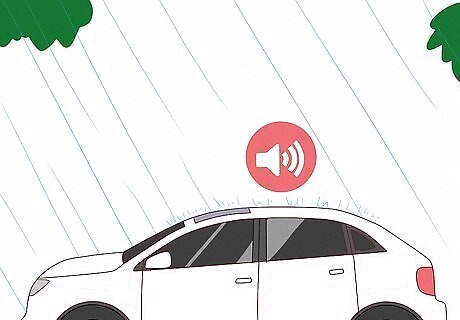
Wind and rain sound louder when you have a sunroof or moonroof. Adding a roof feature slightly alters the shape of the roof in some models, which changes how wind passes over the car. This can make wind gusts sound noisier, especially since the roof is just inches above your head. Rain drops can also sound louder because of the roof design.




















Comments
0 comment